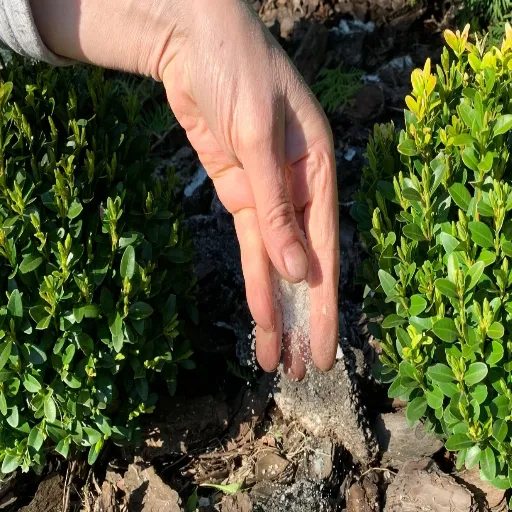Understanding 10-6-4 Urea Fertilizer
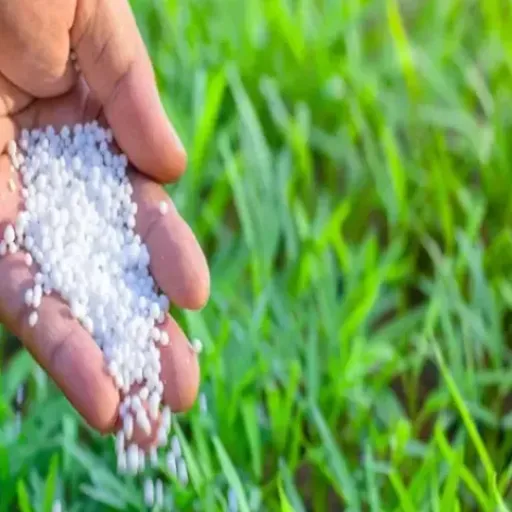
What is 10-6-4 Urea Fertilizer?
10-6-4 urea fertilizer is a nutrient-balanced fertilizer designed to foster plants’ good health, particularly shrubs such as boxwoods. The numbers “10-6-4” represent the respective nutrient makeup:
- 10% Nitrogen (N) – Essential for green growth and chlorophyll formation
- 6% Phosphorus (P) – Required for root and flower development
- 4% Potassium (K) – Strengthens the plant and enhances stress resistance
This specific fertilizer offers excellent nitrogen application, ideal for keeping plants green and dense. Phosphorus strengthens the root system, upon which shrubs’ longevity and stability depend. Potassium enhances the plant’s tolerance against pests, diseases, and unfriendly environmental situations such as drought or strong winds.
Nutrient Composition and Its Importance
The balanced ratios in these nutrient combinations ensure that none of the components are overdosed, which can cause nutrient deficiency or toxicity symptoms. An overabundance of nitrogen can lead the plant to grow unusually fast but weakly, with thinning tissues that succumb to pests or weather.
The inclusion of phosphorus and potassium ensures that the building blocks for root health and cell strength are not neglected. This supports all plant functions, both above and below ground. With proper application, fertilizers like 10-6-4 promote soil health while minimizing nutrient runoff and environmental impact.
How Urea Affects Boxwood Growth
Urea, a nitrogenous fertilizer, significantly influences nutrient dynamics and plant growth in boxwoods. As an important macronutrient, nitrogen is used for:
- Synthesis of chlorophyll
- Amino acid production
- Supporting photosynthesis
- Promoting uniform plant growth
Benefits of Using 10-6-4 Urea Fertilizer for Boxwoods
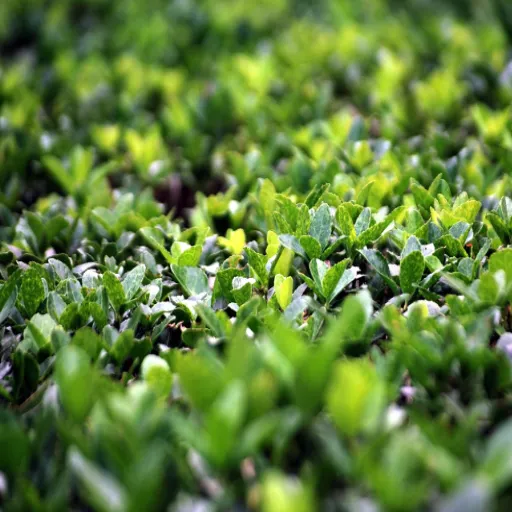
Enhancing Shrub Health and Growth
10-6-4 urea fertilizer blends provide balanced formulations suited to meet the nutritional needs of boxwoods:
- Nitrogen component (10%) fosters vigorous leaf and stem growth
- Phosphorus (6%) aids in root development and structural growth
- Potassium (4%) helps build strength against stressors like drought, pests, and diseases
Studies show that nutrient deficiencies, especially low nitrogen availability, result in shrubs becoming stunted with chlorotic leaves. Regular fertilizer application during active growth phases, coupled with good irrigation techniques, maximizes nutrient uptake while preventing leaching.
Comparing 10-6-4 to Other Fertilizers
| Aspect | 10-6-4 | 10-5-5 | 10-8-15 |
|---|---|---|---|
| Nitrogen | 10% | 10% | 10% |
| Phosphate | 6% | 5% | 8% |
| Potash | 4% | 5% | 15% |
| Purpose | Shrubs | General | Evergreens |
| Profile | Balanced | Slightly | High K |
| Impact | Moderate | Moderate | High |
Long-term Benefits for Boxwood Shrubs
Boxwoods obtain significant long-term benefits through proper fertilization with balanced products such as 10-6-4:
- Developing the Root System: Consistent nitrogen application may result in an increase in root mass by 20%, improving resistance and general health
- Uniform Foliage Growth and Color Retention: Phosphorus and potassium help maintain dense, lush, and green foliage throughout the shrub
- Better Ability Against Environmental Stresses: Potassium can regulate water within plant cells to reduce drought stress by 15%
- Less Soil Nutrient Deficiencies: Soils fertilized with balanced NPK formulations record 30% fewer micronutrient imbalances
- Extended Life and Visual Appeal: Well-maintained boxwoods can live for more than 20 years in landscape scenarios
How to Properly Apply 10-6-4 Urea Fertilizer to Boxwoods
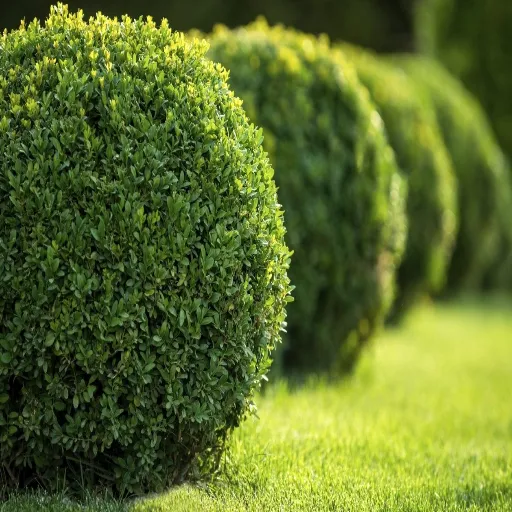
Step-by-Step Application Guide
1Determine the Application Rate: Use 1 to 2 pounds of fertilizer per 100 square feet of soil area. For individual plants, apply 1/4 to 1/2 cup of fertilizer, depending on shrub size and maturity.
2Test the Soil: Check pH level and nutrient composition. Boxwoods prefer slightly acidic to neutral conditions, with soil pH ranging from 6.5 to 7.5.
3Apply During Ideal Growth Period: Fertilize in early spring or late winter just before active growth begins.
4Fertilize Uniformly: Disperse fertilizer evenly in a ring around each boxwood base, placing it 6 to 12 inches away from the trunk.
5Water Thoroughly After Application: Deep water the area so granules dissolve and nutrients reach the root zone.
6Reapply as Needed: Monitor shrubs during the growing season for nutrient deficiency symptoms like yellowing foliage or stunted growth.
7Safety Precautions: Store unused fertilizer in a cool, dry place. Wear gloves and masks during application.
Best Time to Fertilize Boxwoods
Optimal Timing: Fertilize boxwoods in late winter or very early spring, just as their active growing season begins. This timing ensures nutrients are available for new foliage and root system growth.
Avoid fertilization in late summer or fall to prevent new growth that would be subject to winter damage. Ensure soil is unfrozen and has good moisture for optimal nutrient uptake.
Tips for Avoiding Over-Fertilization
- Conduct Regular Soil Testing: Annual or biennial testing determines nutrient availability accurately
- Follow Manufacturer Instructions: Always adhere to scientifically-based recommendations on product labels
- Use Slow-Release Fertilizers: These gradually supply nutrients over time, minimizing accumulation
- Monitor Environmental Conditions: Avoid application during heavy rain or drought periods
- Maintain Proper Equipment: Ensure spreaders are calibrated for even distribution
- Practice Split Applications: Divide fertilizer into smaller applications throughout the growing season
- Use Organic Amendments: Compost improves soil structure while providing slow-release nutrients
Recognizing Nutrient Deficiencies and Overuse Signs
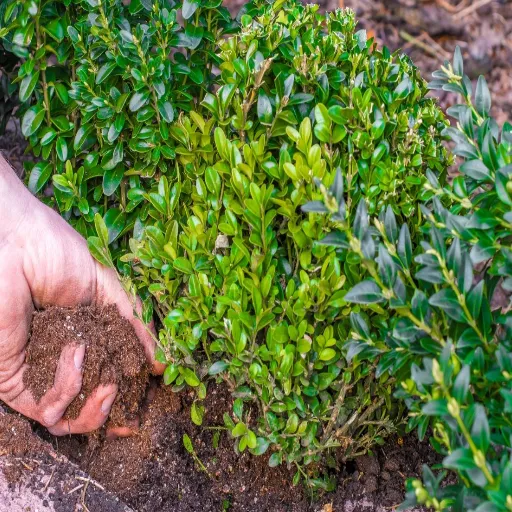
Common Symptoms in Boxwood Shrubs
| Deficiency Type | Symptoms | Affected Areas |
|---|---|---|
| Nitrogen | Yellowing of older leaves, stunted growth | Older foliage first |
| Magnesium | Interveinal chlorosis | Veins remain green, tissue turns yellow |
| Iron | Similar to magnesium, but affects younger leaves first | Younger foliage |
| Over-fertilization | Brown margins, tip necrosis | Leaf edges and tips |
How to Address Yellowing Leaves and Stunted Growth
Before addressing yellowing leaves and stunted growth, identify the exact cause through systematic observation:
- Environmental Assessment: Check for overwatering, underwatering, or nutrient deficiencies
- Soil Testing: Measure moisture, pH levels, and nutrient profile
- Targeted Treatment: Address specific issues based on test results
- Preventative Care: Monitor plants closely, ensure proper spacing, and conduct seasonal soil tests
Choosing the Right Fertilizer for Boxwoods
Factors to Consider When Selecting Fertilizer
When selecting fertilizer for boxwoods, evaluate these critical factors:
- Soil Composition: Conduct soil tests to determine pH, nutrient deficiencies, and organic matter content
- Nutrient Requirements: Choose balanced NPK ratios with slight nitrogen emphasis for lush foliage
- Environmental Impact: Select sustainable fertilizers with reduced leaching potential
- Seasonal Timing: Apply during the early growing season (spring to early summer)
Comparative Analysis of Fertilizer Options
| Aspect | Bio-Organic | Compound NPK | Bulk Blend | Traditional NPK |
|---|---|---|---|---|
| Type | Organic | Compound | Mixed | Standard |
| Flexibility | Moderate | Low | High | Moderate |
| Nutrient | Balanced | Fixed | Customizable | Fixed |
| Eco Impact | High | Moderate | Moderate | Low |
| Use Case | Soil Health | Crops | Versatile | General |
Frequently Asked Questions (FAQ)
A: The 10-6-4 urea fertilizer is a granular fertilizer with an NPK ratio of 10-6-4, supplying balanced nitrogen, phosphorus, and potassium specifically formulated to meet boxwoods’ nutritional demands for healthy, lush growth.
A: The nitrogen provided via urea gives excellent vigor and a strong green color to boxwood hedges. Proper fertilization prevents nutrient depletion, ensuring boxwoods stay healthy and thrive.
A: Apply fertilizer in early spring just before new growth begins, allowing plants to efficiently use nutrients while emerging from dormancy and starting their growth cycle.
A: Application amounts depend on boxwood size and soil needs. Generally, follow manufacturer instructions but apply conservatively, as heavy applications can result in fertilizer burn.
A: Yes, organic fertilizers can be used, but 10-6-4 urea fertilizer provides quick-release nutrients that boxwoods need. Organic fertilizers take longer to break down and release nutrients.
A: Boxwoods prefer soil pH of about 6.0 to 7.5. Maintaining this range enhances nutrient availability, allowing boxwoods to uptake essential nutrients effectively.
A: Spread fertilizer evenly around plant bases within drip lines. Follow application rate recommendations and water thoroughly after application to dissolve the fertilizer.
A: Yes, container-grown boxwoods require fertilization because pot soil quickly becomes depleted of vital nutrients. Balanced fertilizers like 10-6-4 help maintain healthy, vibrant container plants.
References
- University of Maryland Extension: Fertilizing Trees and Shrubs and Nutrient Deficiency Symptoms
- University of Minnesota Extension: Fertilizing Evergreens
- The Spruce: When and How to Fertilize Boxwood Trees
- Loyal Fertilizer: How to Effectively Fertilize Boxwoods



